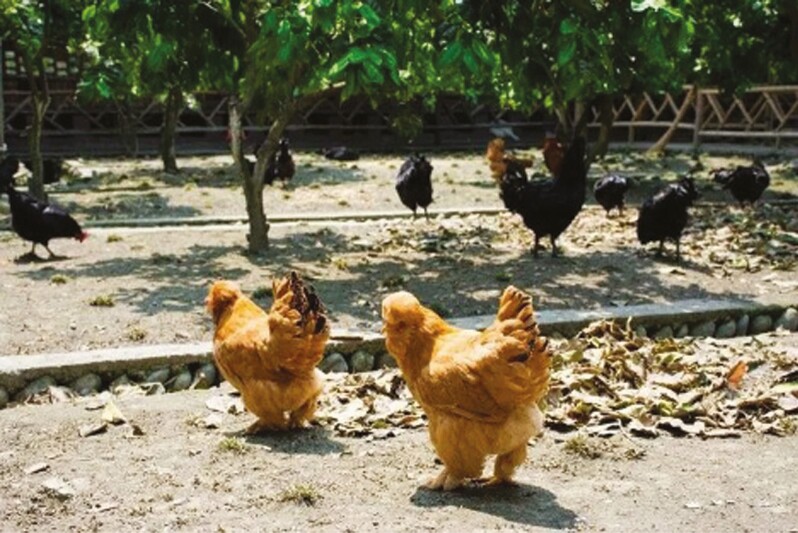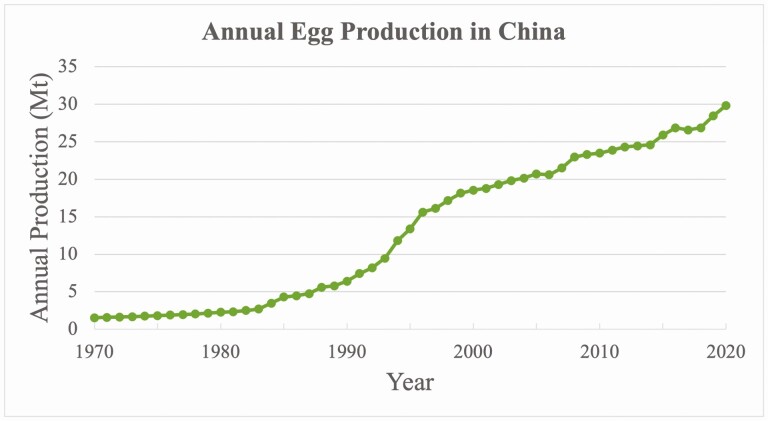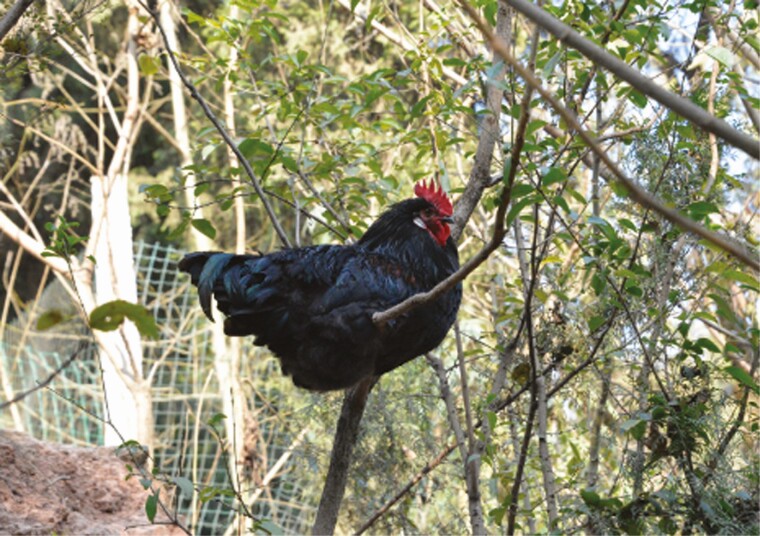Cage-free eggs in China.
Animal frontiers : the review magazine of animal agriculture
Pub Date : 2023-02-01
DOI:10.1093/af/vfac078
引用次数: 2
Abstract
Since 1985, China has been the world’s largest egg producer. In 2020, 3.3 billion layer hens were reared in China, producing 29.8 million tons of eggs (around 40% of the world’s egg production, see Figure 1; FAO, 2022). Battery cage production became common in China in the 1980s and by 2017 approximately 90% of farms used cages (IEC, 2017). Internationally, concern for animal welfare has begun to encourage a shift towards less confined housing systems, including cage-free housing for hens (with or without access to the outdoors). Any transition to cage-free systems will depend upon a variety of factors including the values of consumers and the way these eggs are marketed. The effects of this transition on hen welfare will depend on the degree to which cagefree housing methods actually benefit the birds themselves. In this paper we review the development of cage-free farming in China in relation to consumer preferences and hen welfare. Our aims are to 1) describe the history of egg production in China, including changes in cage-free production, 2) describe current consumer preferences for eggs, including attributes associated with hen housing and welfare, 3) review the link between cage-free housing and hen welfare, 4) describe approaches to help improve hen welfare on cage-free farms, and 5) identify areas for future research.



中国的散养鸡蛋。
本文章由计算机程序翻译,如有差异,请以英文原文为准。
求助全文
约1分钟内获得全文
求助全文

 求助内容:
求助内容: 应助结果提醒方式:
应助结果提醒方式:


